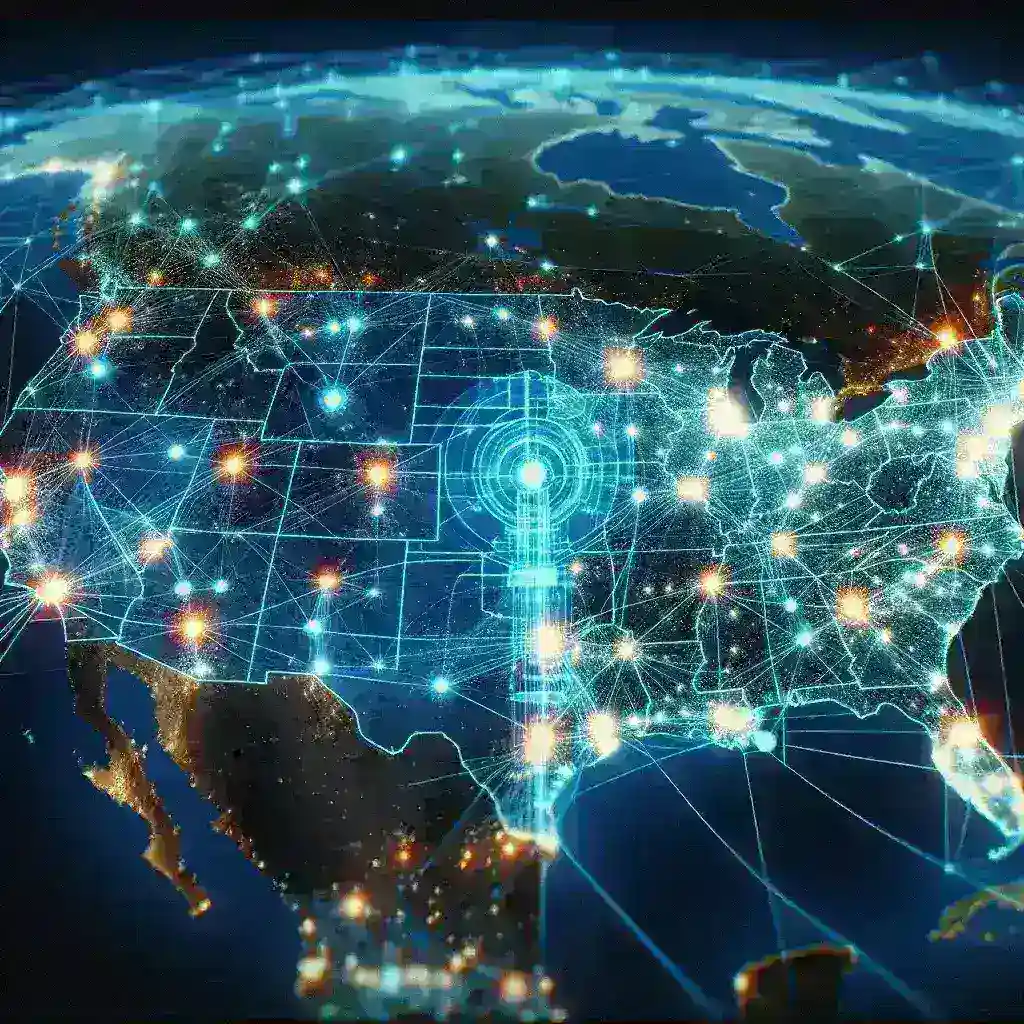Introduction
In a world where connectivity is paramount, the reliability of telecommunications networks plays a crucial role in both personal and professional realms. To address the challenges of maintaining robust network performance, AT&T is taking a bold step by piloting an AI-powered outage prediction system for its U.S. networks. This innovative approach aims to enhance service reliability and customer satisfaction while minimizing disruptions. In this article, we will delve into the details of AT&T’s initiative, examining its historical context, future implications, and the potential benefits it brings to consumers.
The Historical Context of Telecommunications Reliability
The telecommunications industry has undergone rapid evolution over the last few decades. From the introduction of mobile phones to the advent of 5G technology, the demand for uninterrupted service has never been greater. Historically, network outages have posed significant challenges, often leading to customer dissatisfaction and financial losses. Traditional methods of outage management, relying on manual monitoring and reactive responses, have proven insufficient in dealing with the complexities of modern networks.
The Need for Predictive Solutions
As networks have become increasingly intricate, the necessity for predictive solutions has emerged. By utilizing artificial intelligence and machine learning, companies like AT&T can analyze vast amounts of data from various sources to identify patterns indicative of potential outages. This shift from reactive to proactive service management represents a significant advancement in telecommunications technology.
AT&T’s Innovative Approach
AT&T’s pilot program for AI-powered outage prediction is designed to enhance network reliability through advanced data analytics. By harnessing machine learning algorithms, the company aims to predict potential disruptions before they occur, enabling timely interventions to minimize impact.
How It Works
- Data Collection: The first step involves gathering data from multiple sources, including network performance metrics, historical outage occurrences, and environmental factors.
- Machine Learning Algorithms: Using this data, AT&T employs machine learning algorithms to analyze trends and correlations that may indicate an impending outage.
- Real-Time Monitoring: The AI system continuously monitors network conditions, allowing for real-time adjustments and responses.
- Predictive Alerts: When the system identifies patterns associated with potential outages, it generates predictive alerts for network engineers, enabling them to take proactive measures.
Impact on Customers
The implementation of AI-powered outage prediction has the potential to revolutionize the customer experience. By minimizing unexpected service interruptions, AT&T can enhance customer satisfaction and trust in their services. This predictive capability allows for:
- Improved Communication: Customers can be informed in advance about potential outages, allowing them to make necessary adjustments.
- Faster Resolutions: With proactive measures in place, AT&T can resolve issues before they escalate, ensuring a smoother experience for users.
- Increased Reliability: The anticipated reduction in service disruptions can lead to a more reliable network, ultimately benefiting all customers.
Future Predictions and Industry Implications
As AT&T continues to pilot its AI outage prediction system, it sets a precedent for the entire telecommunications industry. Other providers may follow suit, adopting similar technologies to enhance their service offerings. The successful integration of AI in network management is likely to lead to:
- Standardization of Predictive Technologies: As more companies adopt AI solutions, predictive outage management may become the industry standard.
- Continued Innovation: The demand for improved services will drive ongoing innovation in AI and machine learning, leading to even more sophisticated predictive tools.
- Increased Competition: Telecommunications companies that effectively implement predictive technologies may gain a competitive edge, leading to a shift in market dynamics.
Challenges and Considerations
While the benefits of AI-powered outage prediction are significant, there are also challenges and considerations to be addressed:
- Data Privacy: The collection and analysis of customer data raise important questions about privacy and consent.
- Implementation Costs: Integrating AI technologies requires substantial investment, which may be a barrier for some companies.
- Reliability of Predictions: The effectiveness of predictive algorithms depends on the quality of the data used; inaccurate data could lead to false predictions.
Conclusion
AT&T’s initiative to pilot AI-powered outage prediction marks a significant milestone in the telecommunications industry. By leveraging advanced technologies, the company aims to enhance network reliability and customer satisfaction. As the industry evolves, the adoption of predictive solutions may become commonplace, redefining how service providers manage their networks. The future of telecommunications promises to be more reliable and customer-centric, paving the way for a new era of connectivity. With ongoing innovations and a commitment to improving service, AT&T is poised to lead the charge into this exciting future.

